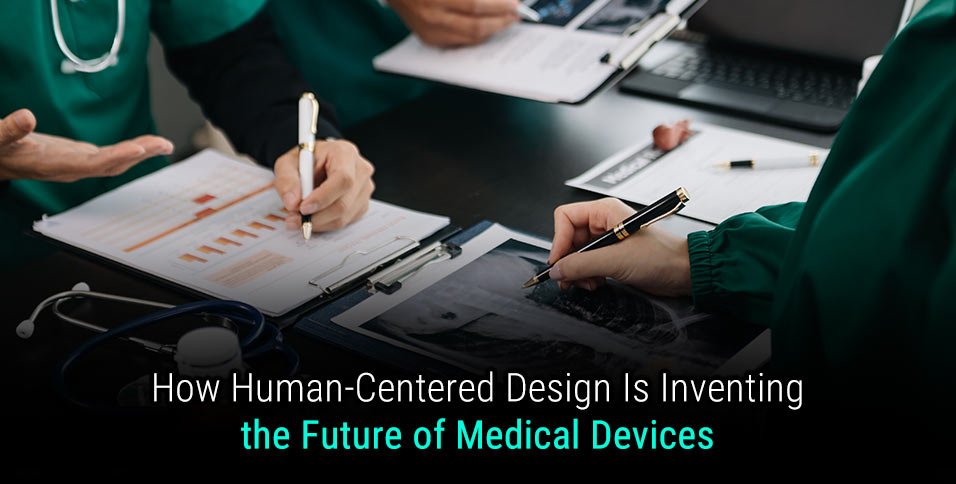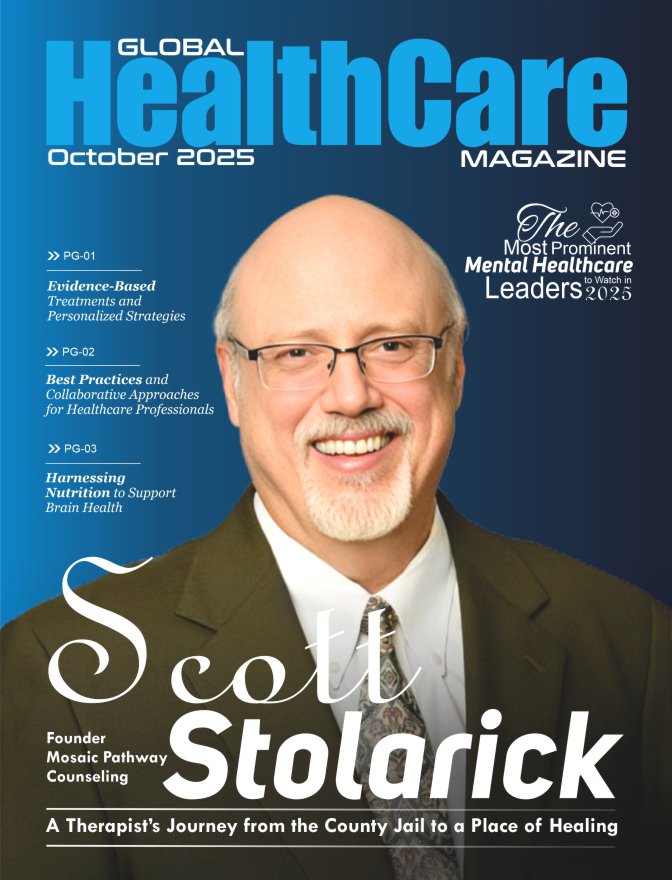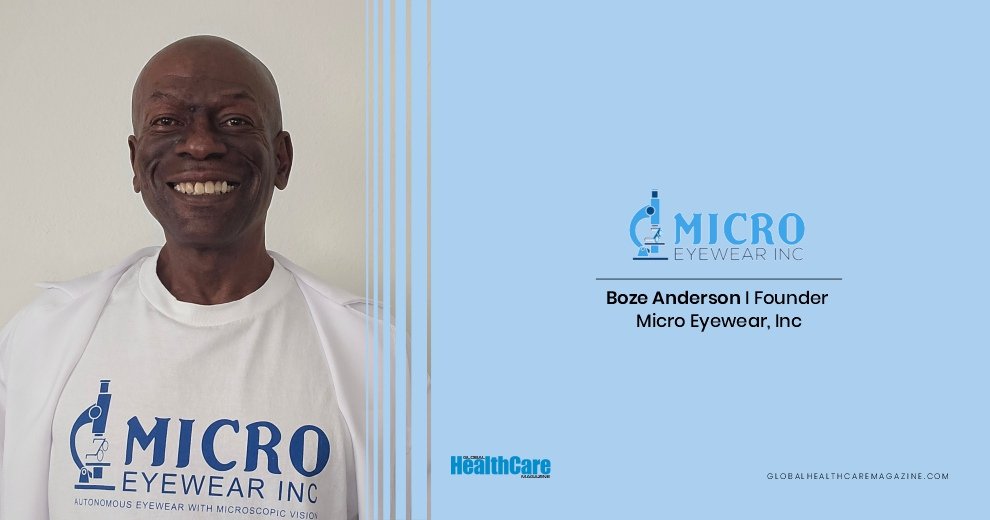The medical device industry is in the midst of a major evolution.
In addition to technological innovation and regulatory compliance, it’s becoming increasingly people-based: the patients, doctors, and healthcare professionals who use the devices are literally at the center of development. For those products to be as effective as possible, they need to be built using human-centered design, a philosophy of user-friendly innovation. In medical device industrial design, that means rethinking how products are designed, constructed, and even how outcomes are measured.
Human-Centered Design in Medical Devices: What Is It?
Human-centered design is the practice of creating products with user needs, behaviors, and limitations in mind. In medicine, that means designing around the needs of everyone, from bedbound patients to nurses using the product regularly in high-pressure environments. The goal is to create tools that are as easy to use, as easy to reach, and as safe as a hammer without sacrificing an ounce of efficiency.
Engineers and manufacturers who don’t follow this dictum may design products that boast performance metrics but with little to no empathy — for example, a ventilator that makes a loud noise every time a confusing button must be pressed. A human-centered design team will interview real-life users, conduct usability tests, and visit doctors’ offices and hospitals to understand the product in action. Industrial designers can then get to work creating the devices patients can rely on to improve enough to be discharged.
Why It’s Important
In medical device industrial design could lead to an impractical product. If a UI or LED screen on a medical ventilator isn’t easy to understand, it could lead to delayed treatment or give poor readings. If it uses LED lights to convey critical information, each color needs to be paired with an intuitive meaning. If a mechanical component is tough to reach or touch, doctors can injure themselves fumbling around. If an imaging device or X-ray machine needs to be recalibrated after every other scan, the realities of the hospital setting will slow work to a crawl.
Human-centered design can help a medical device industrial design team by ensuring its products are up to the rigors of their intended environment. Products can rely on large fonts and tactile feedback to relay information and include intuitive (and distinct) features like raised buttons and grips that aren’t too smooth. Clever design like this won’t only improve safety — it will make users more comfortable and confident (for example, they’re less likely to need a complete training session if the interface isn’t hard to interpret).
Innovations
The impact of human-centered design can be seen in countless innovations. New health trackers are inundating the market, combining the accuracy of medical equipment with consumer goods aesthetics. Insulin pumps and inhalers, both technologically sophisticated products, are being redesigned with fewer features and a more discreet look to make patients less embarrassed about their conditions.
With every passing year, the industrial design of medical devices has become more human. Look around the hospital, and you’ll find medical carts, imaging machines, ventilators, and other gear designed to suit the exact needs of caregivers. Color-coded light indicators, snap-on modules, and voice-command interaction are all evidence that design is becoming increasingly optimized for work processes and ergonomics. It’s no longer simply about the look of a device; it’s about how industrial designers are influencing healthcare design.
The Future of Medical Device Industrial Design
The advent of modern technological design underscores the ever-growing importance of human-centered design. As AI, robotic platforms, and connected health devices reveal an increasingly advanced work environment, their capabilities are dependent on how intuitive they are for users. Designers must find ways to strike a balance between simplicity and sophistication, reinforcing the trusted relationship between clinicians and technology.
When it comes down to it, medical device industrial design is no longer just about a tool — it’s about an experience. By putting the user first, the industry is constructing a future in which devices serve to save lives, yes, but also to cater to the dignity, comfort, and capabilities of each person who relies on them.


















